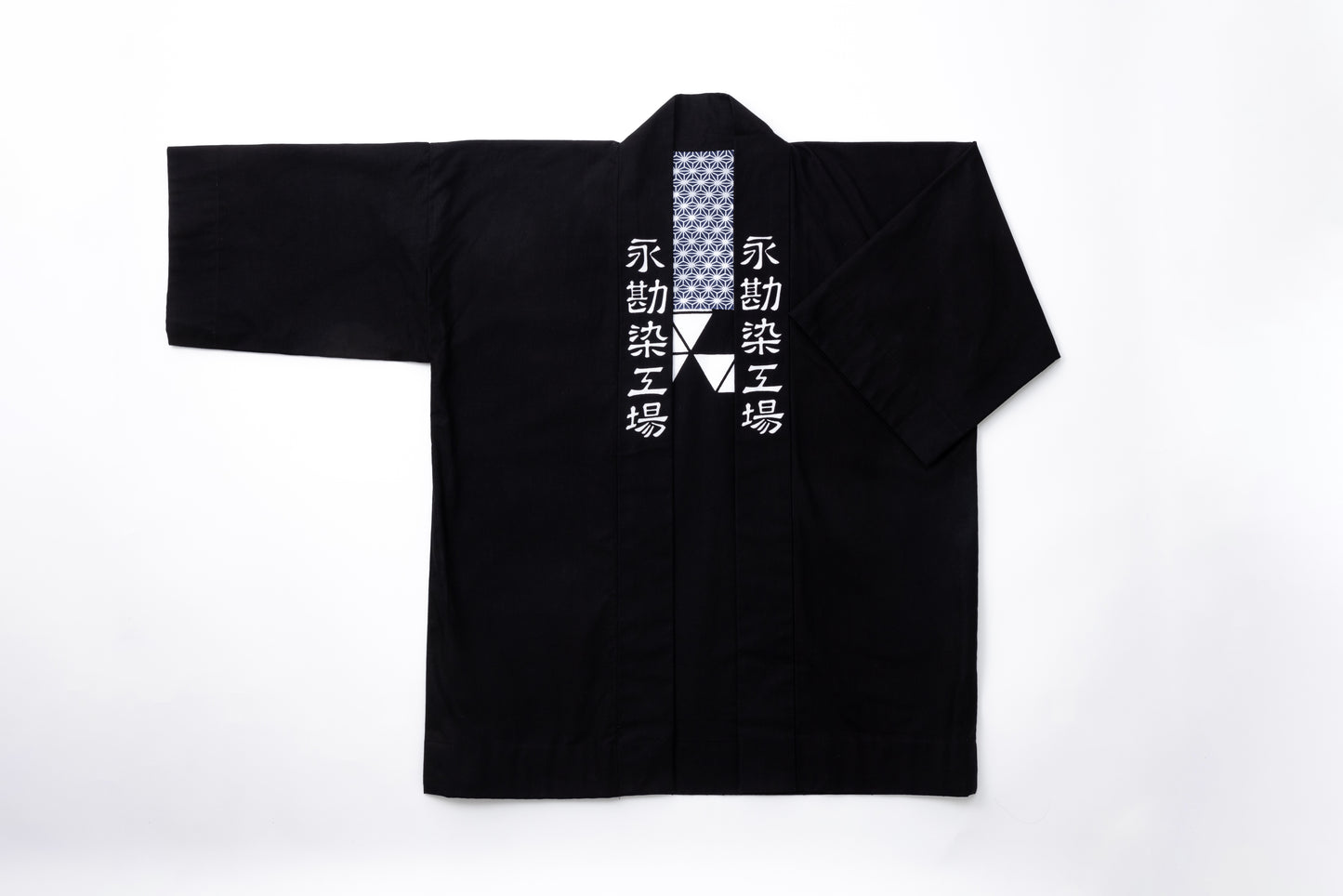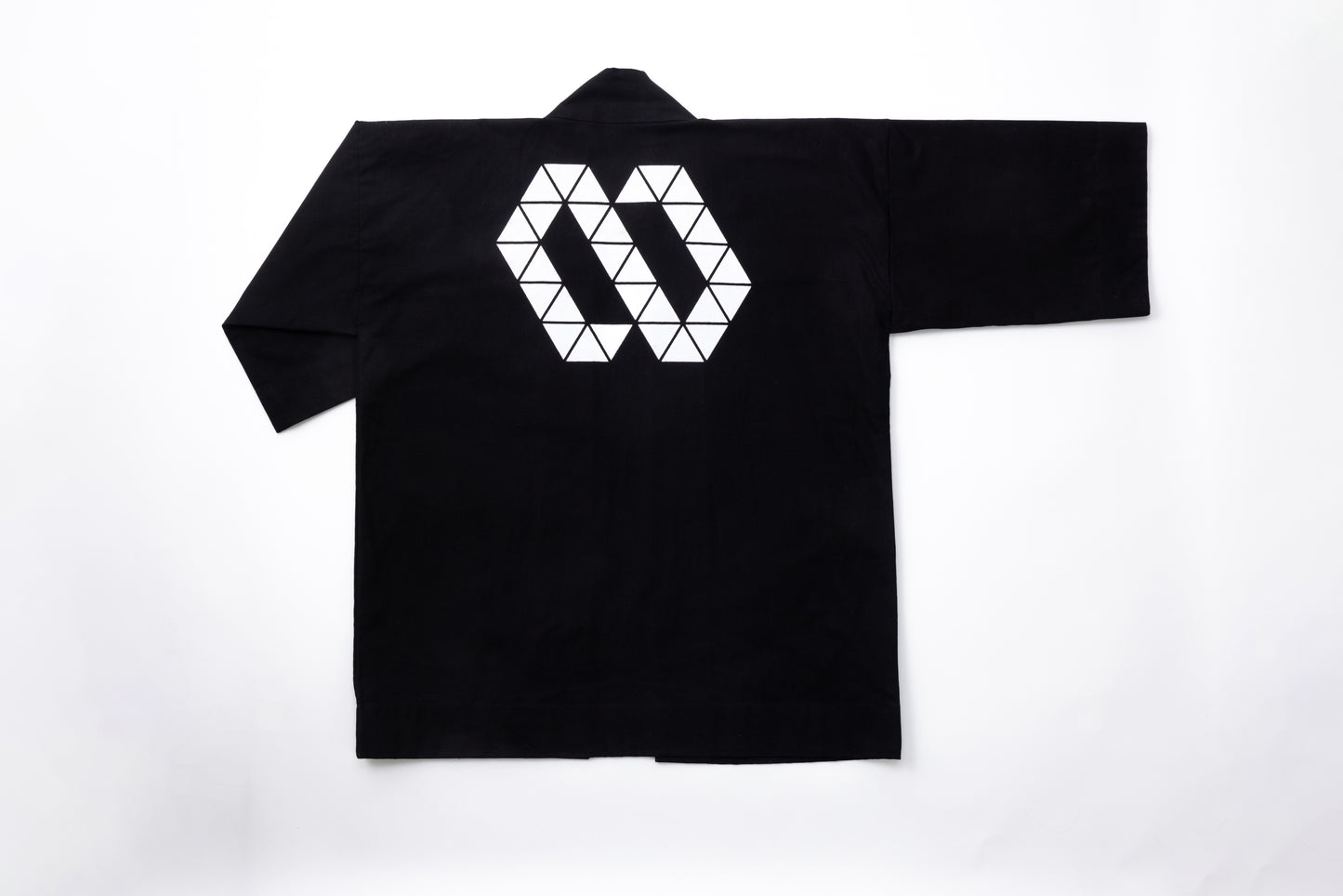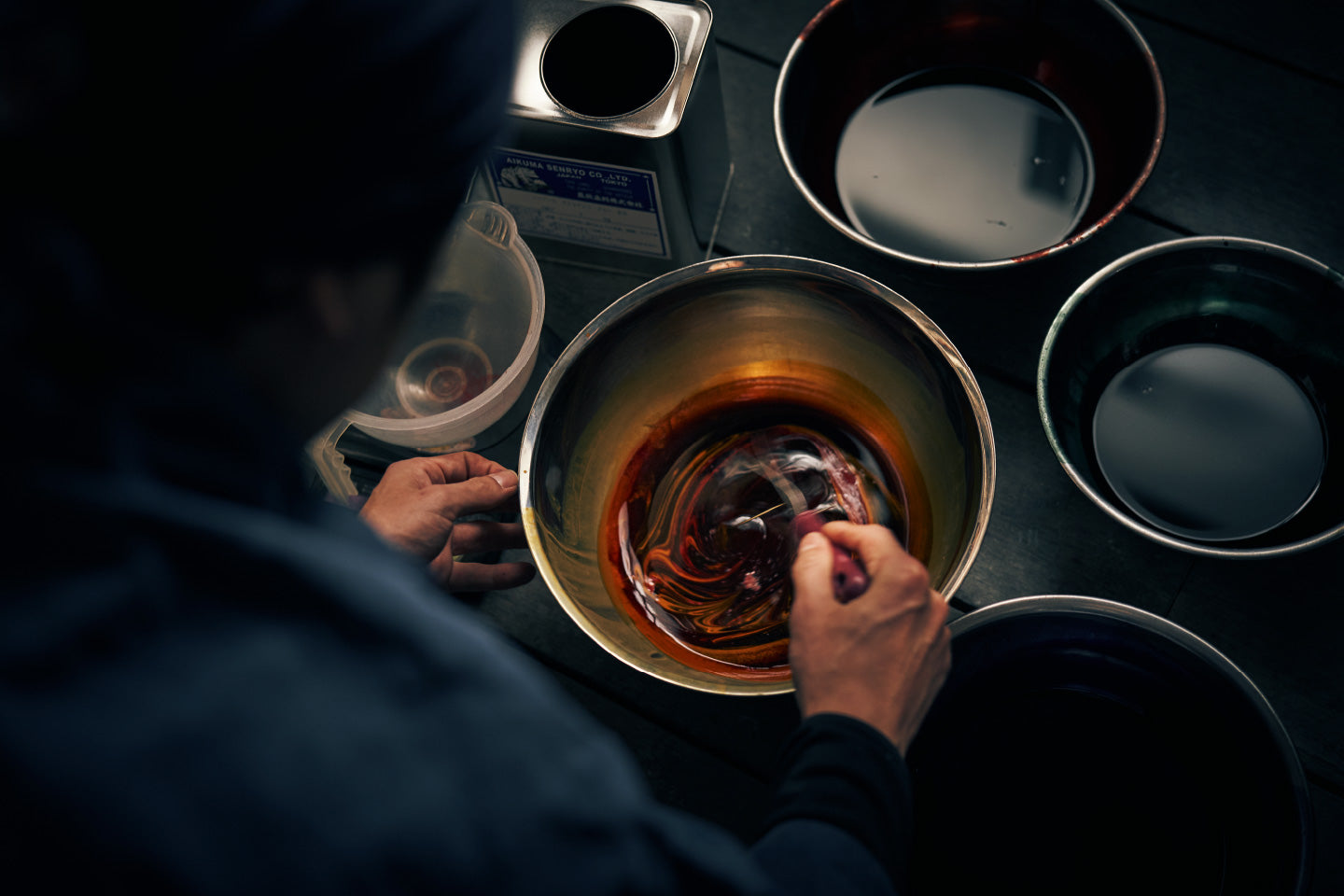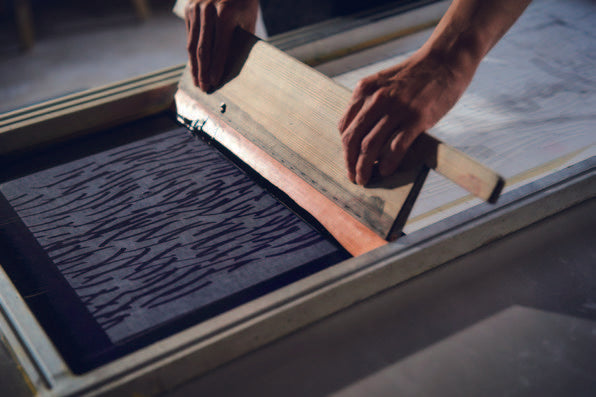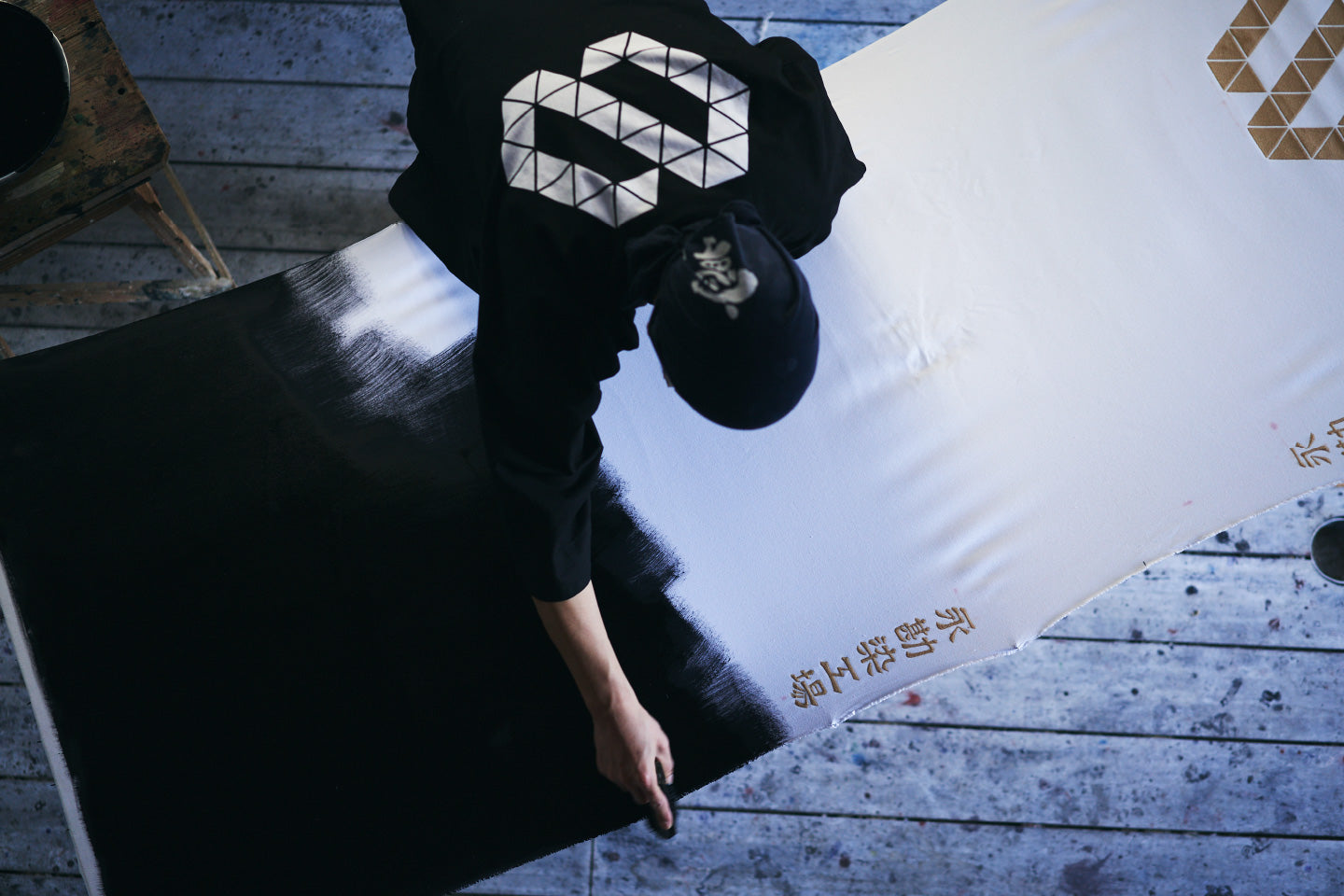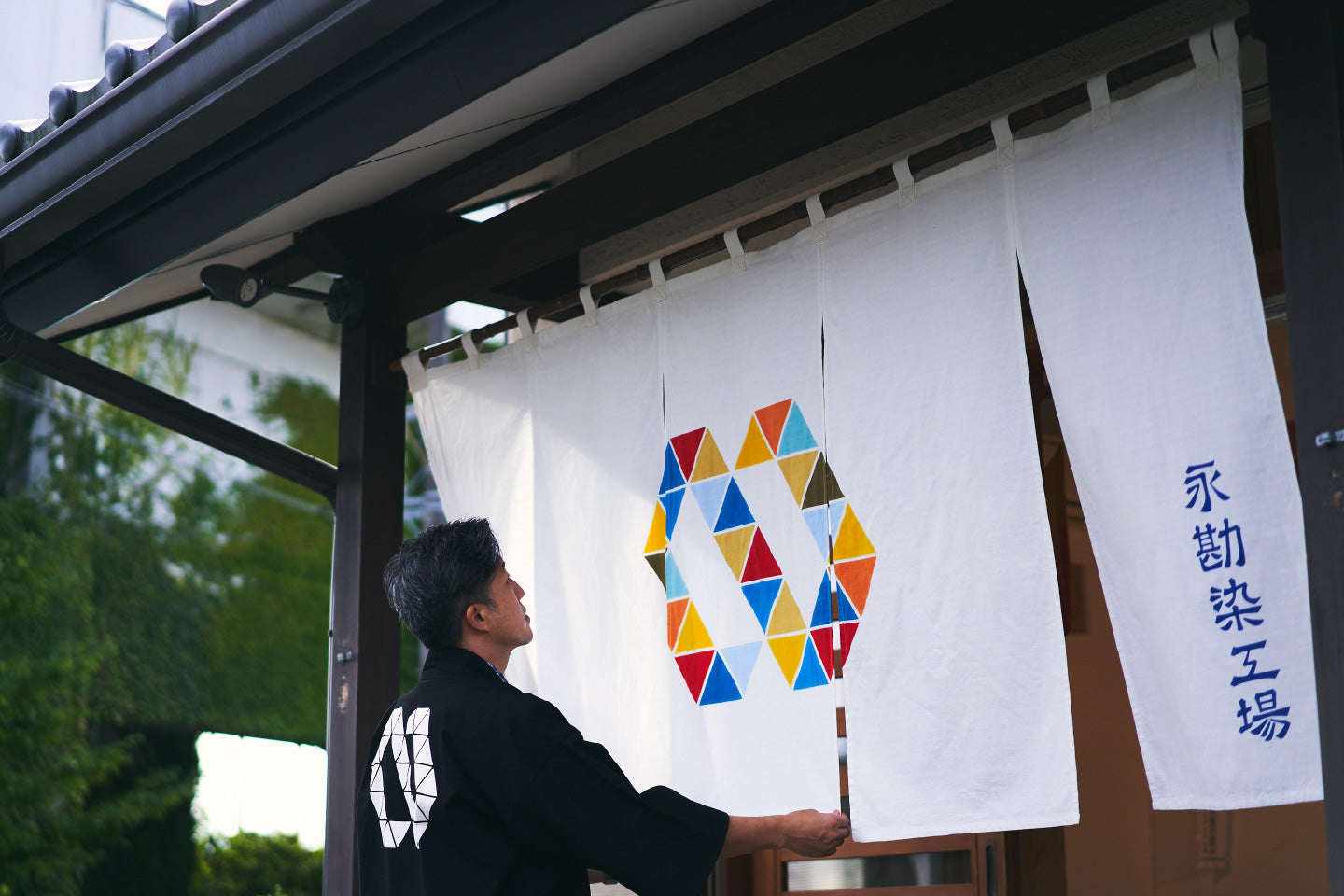
Dyeing, where Color and Time are Layered
Established in 1887 by the skilled dyer Kanbei Nagano in Moto-Aramachi (now Aoba-ku Ichibancho), the Nagakan Dyeing Factory boasts a rich history of crafting happi coats and aprons for the city's merchants, craftsmen, and residents in the past. Today, Nagakan continues to employ traditional methods to create a diverse array of products, ranging from shrine banners and izakaya aprons to noren curtains for the local community.
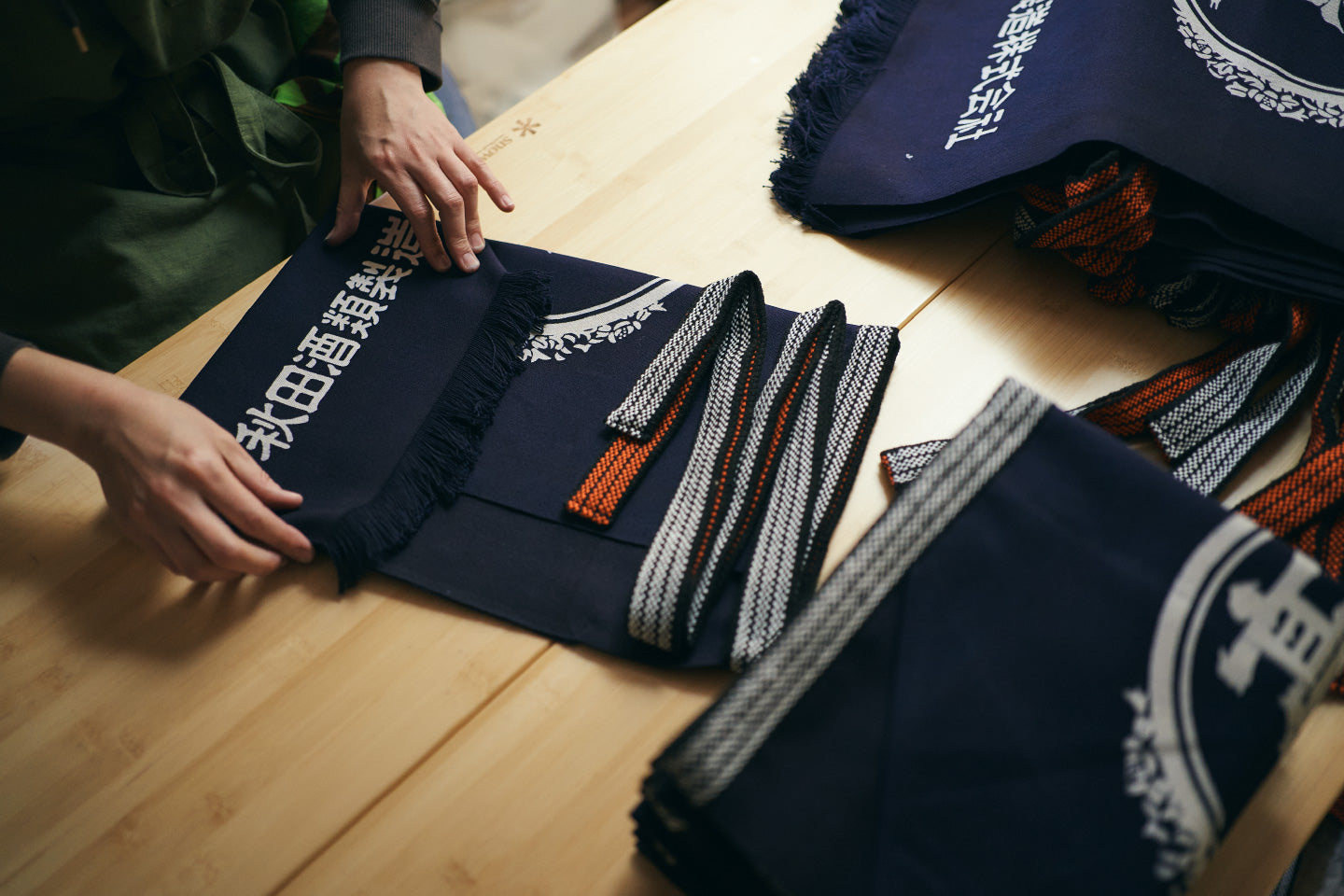
The Hanten
Compared to the happi worn by lower-ranking samurai during the Edo period, the hanten coat was commonly used by laborers or civilians. It was designed with shortened length and sleeves for easier movement and was often paired with trousers for practicality. The hanten is indispensable for festivals and dances, and it is also the symbol of traditional occupations such as stone masons, construction companies, and tatami stores. Happi and hanten are a symbol of identity for these and many other professions.
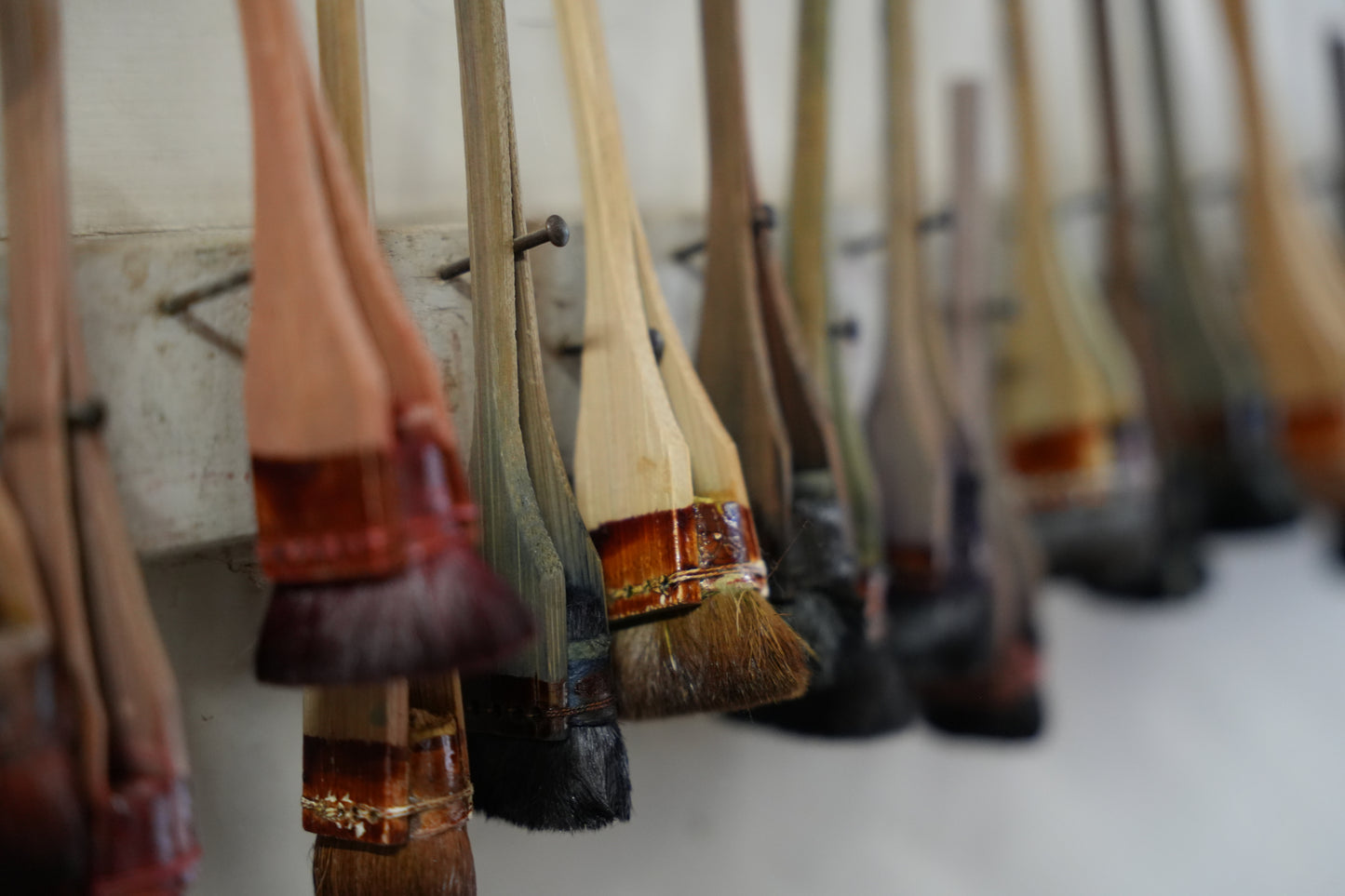
Hikizome
Hikizome, or brush-dyeing, is a technique in which a brush is used to hand-dye entire fabrics. The brush smoothly glides over the surface, ensuring an even application of the dye solution. Shinshi is typically employed during this process to maintain fabric tension.
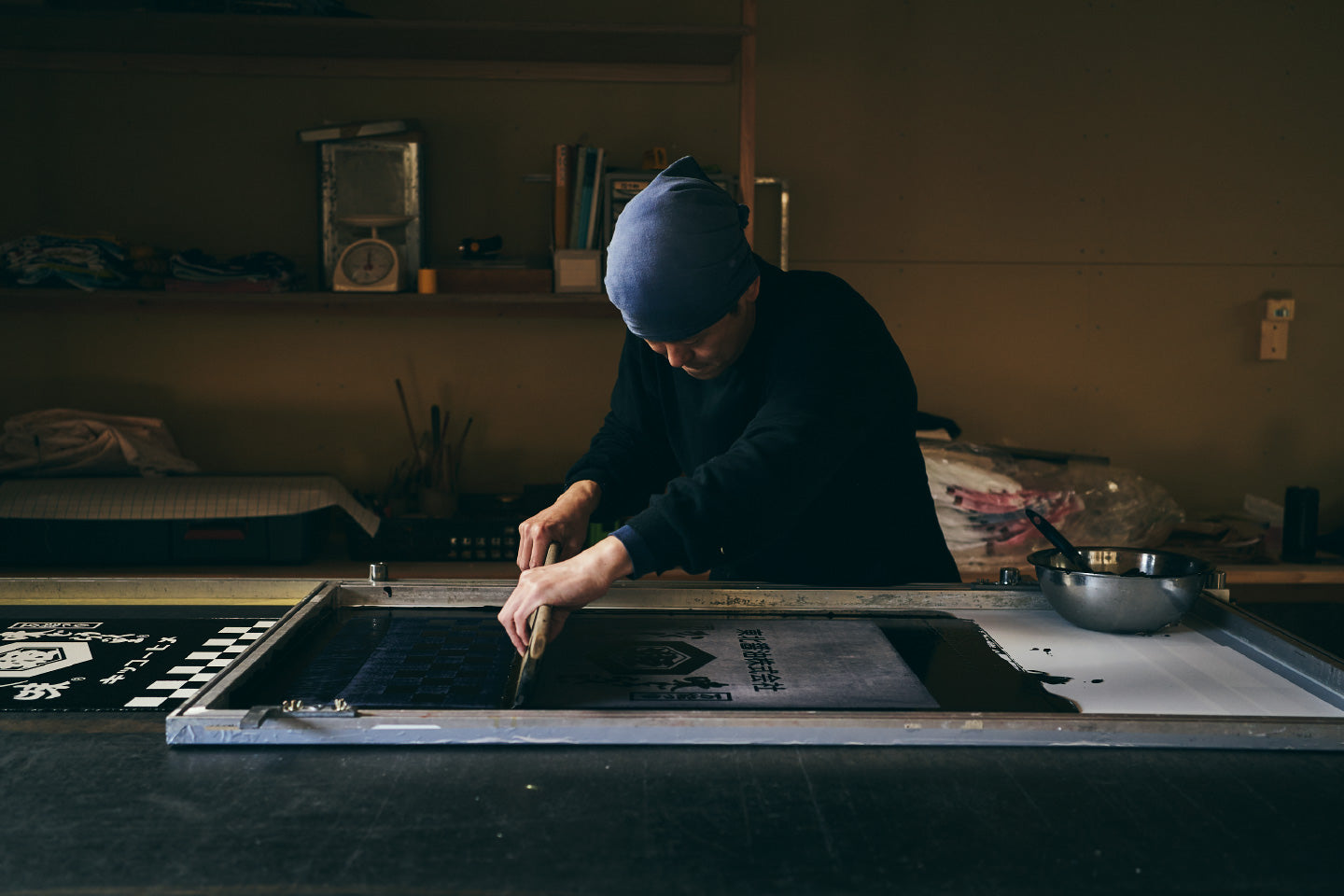
Day 1: Factory Tour and Stencil Making
Kick-off with an engaging introduction to Nagakan Dyeing Factory's rich history and a quick tour of the facility, guided by a Nagakan arisan. Then get hands-on by using stencil to design your Hanten with your chosen characters or symbols. After your design is perfected, move on to creating a corresponding pattern.
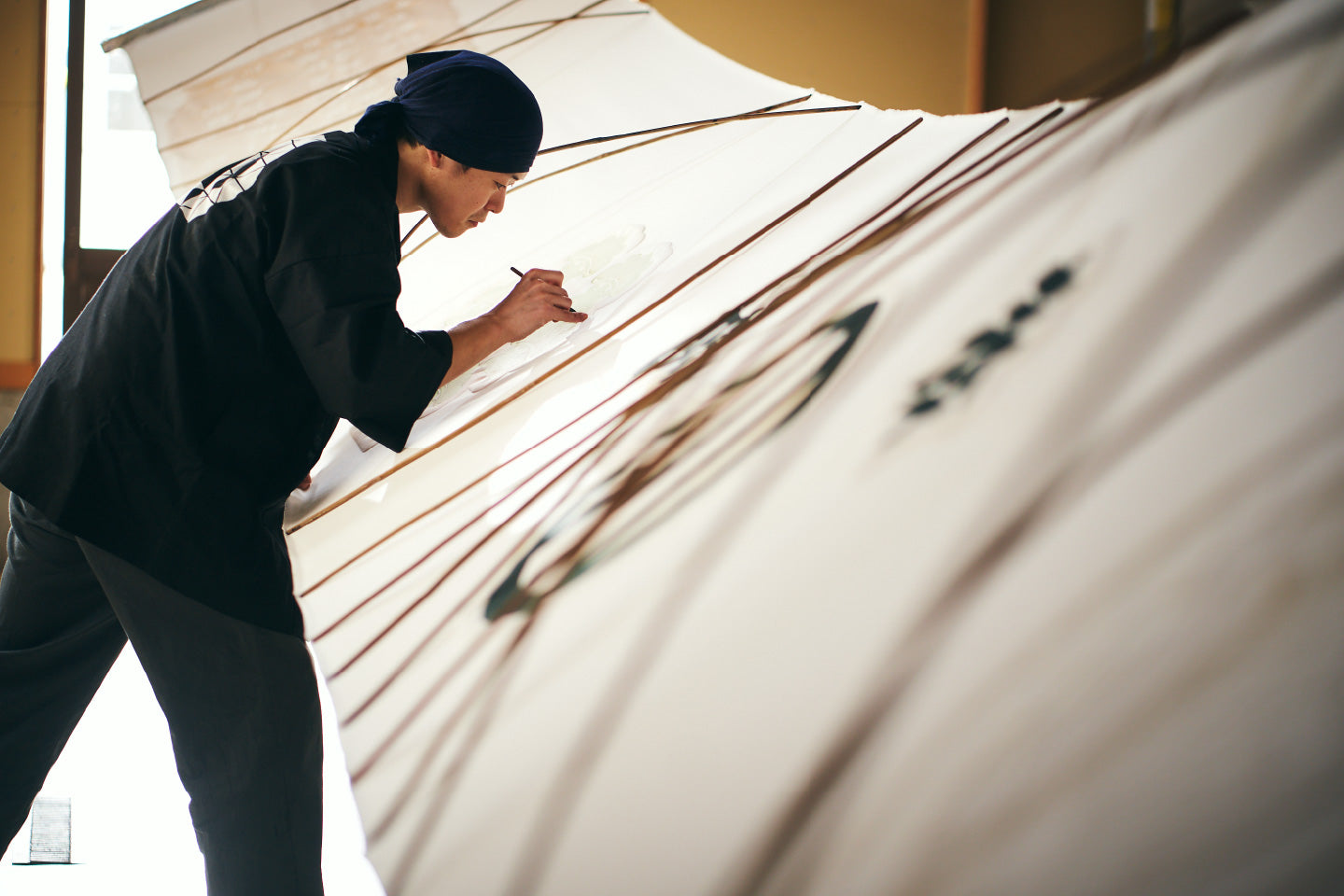
Day 2: Color Blending and Hikizome
Next, blend dyes to create your preferred colors, then use a brush to paint the hanten, which rice-based resist-paste will have been applied to. After drying, Nagakan artisans will carry out color fixing, washing, and sewing the hanten. The items will then be sent to your home later through a mail service by Oshinsha.

